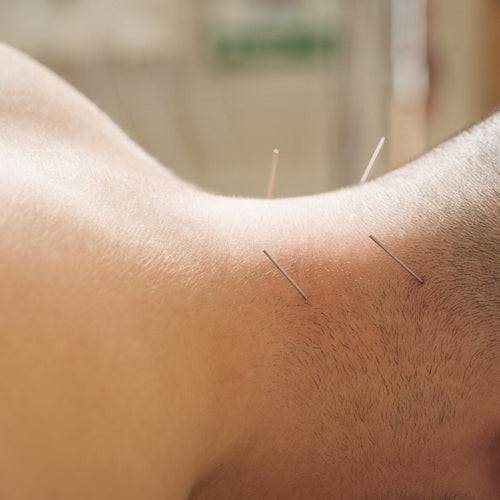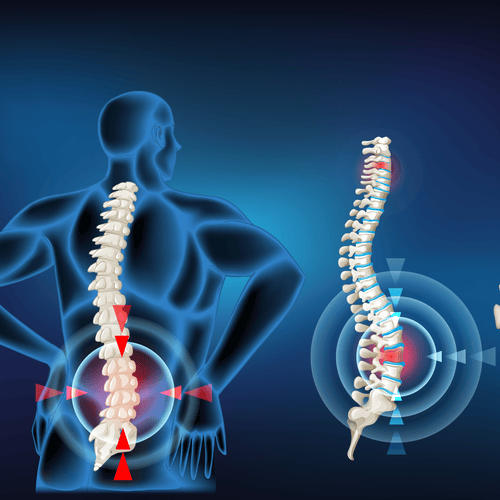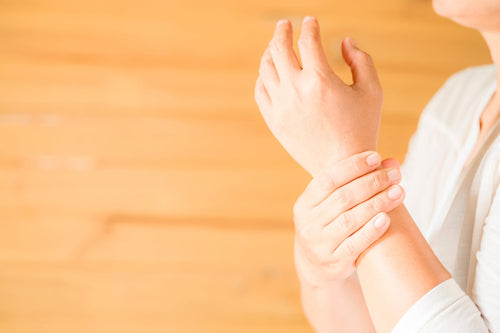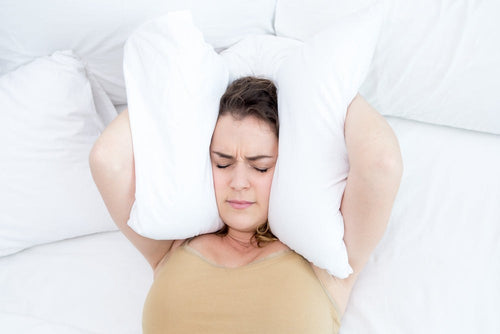Snoring is a common issue, affecting a significant portion of the adult population. While it may seem like a minor inconvenience, snoring can indicate underlying health issues, such as obstructive sleep apnea, and disrupt sleep quality for both the individual and their partner. Acupuncturists have a unique opportunity to address snoring holistically, helping clients not only alleviate symptoms but also address contributing imbalances in the body. This post outlines key acupuncture points, tips, and techniques that can be effective in managing snoring.
Understanding the Causes of Snoring in TCM
From a Traditional Chinese Medicine (TCM) perspective, snoring is often associated with an obstruction in the respiratory passages, which may be caused by various underlying imbalances. Common contributing factors include:
- Phlegm Accumulation: Phlegm may obstruct the nasal passages or throat, leading to snoring. This is typically related to imbalances in the Spleen and Lung meridians, which are responsible for fluid metabolism.
- Qi Deficiency: When Lung Qi is weak, it may result in an inability to keep the airways open during sleep. Deficiencies in Qi can lead to inadequate oxygen circulation, further contributing to respiratory issues.
- Yin Deficiency with Empty Heat: Individuals with Yin deficiency often have dry throat symptoms, causing a lack of moisture in the respiratory tract, which can aggravate snoring.
Understanding the specific imbalances in each patient allows acupuncturists to choose the most appropriate points and strategies for treatment.
Key Acupuncture Points for Managing Snoring
Several acupuncture points can be effective in reducing or alleviating snoring by targeting respiratory health, phlegm accumulation, and airway obstruction. Here are some of the most commonly used points:
1. Ren 23 (Lianquan)
- Location: Above the Adam's apple, in the depression at the top of the hyoid bone.
- Function: This point is used to benefit the throat and is effective for issues like swelling and throat obstructions. It helps in regulating the tongue and clearing phlegm from the respiratory tract.
- Application: Gently insert the needle at a shallow depth, directing the energy downwards to encourage the clearing of obstructions in the throat.
2. Ren 22 (Tiantu)
- Location: In the center of the suprasternal fossa, above the sternum.
- Function: Ren 22 is particularly useful for clearing phlegm and opening the airways. It is commonly used for respiratory conditions, including coughing and asthma, as it helps regulate the throat and descends rebellious Qi.
- Application: Insert the needle perpendicularly and very carefully. This point is useful for encouraging airflow and addressing obstructions that lead to snoring.
3. LI 4 (Hegu)
- Location: On the dorsum of the hand, between the first and second metacarpal bones, at the midpoint of the second metacarpal bone, close to the radial border.
- Function: LI 4 is a powerful point for clearing heat and promoting movement of Qi. It is often used to treat conditions involving the face and throat, making it beneficial for snoring, particularly when phlegm is present.
- Application: Use this point bilaterally to stimulate the body's overall energy flow and reduce inflammation in the nasal passages and throat, which can reduce snoring.
4. LU 7 (Lieque)
- Location: Superior to the styloid process of the radius, about 1.5 inches above the wrist crease.
- Function: As the Luo-connecting point of the Lung meridian, LU 7 helps with respiratory issues by dispersing and descending Lung Qi. It is especially effective for nasal congestion and opening the airway passages.
- Application: Insert the needle at a slight angle, towards the direction of the forearm, to support breathing and improve airflow during sleep.
5. ST 40 (Fenglong)
- Location: About eight inches above the lateral malleolus, on the lateral side of the lower leg, one finger-breadth lateral to the anterior border of the tibia.
- Function: This is the primary point for resolving phlegm accumulation. By targeting ST 40, we can help clear dampness and phlegm from the body, which is often associated with respiratory congestion.
- Application: Use deep insertion with a reinforcing method to help dissolve phlegm and facilitate drainage from the respiratory passages.
6. GV 20 (Baihui)
- Location: At the top of the head, on the midline, approximately five finger-widths posterior to the anterior hairline.
- Function: GV 20 is often used to stabilize Qi and regulate the upper orifices. By helping to open and clear nasal passages, it can be beneficial for improving airflow.
- Application: Use gentle needle manipulation at GV 20 to help stimulate a balancing effect, particularly for cases where snoring is related to Qi deficiency.
Tips for Acupuncturists Treating Snoring
When treating snoring with acupuncture, consider the following tips to maximize treatment effectiveness:
- Evaluate Each Patient Individually: Snoring can stem from multiple factors, so it’s important to assess each patient’s specific imbalances. A full TCM diagnosis will help determine whether phlegm, Qi deficiency, or another factor is at play.
- Combine Acupuncture with Dietary Recommendations: For patients with phlegm accumulation, suggest dietary changes to reduce dampness, such as avoiding dairy and processed sugars. Diet plays a significant role in phlegm production, and modifying it can complement acupuncture treatment.
- Encourage Lifestyle Modifications: Advise patients to sleep on their side to reduce the likelihood of airway obstruction. Additionally, practices like nasal irrigation and humidifying the sleeping environment can assist in maintaining clear nasal passages.
- Integrate Other Therapies: If appropriate, consider integrating Tui Na (Chinese medical massage) or cupping on the chest and back to aid in opening the airways and reducing phlegm. These modalities can enhance the effects of acupuncture for respiratory health.
- Advise Consistent Follow-Up: Chronic snoring may require multiple sessions for sustained improvement. Encourage patients to return for regular treatments, and track their progress over time to assess any adjustments needed in their treatment plan.
By addressing snoring from a TCM perspective, acupuncturists can offer effective, non-invasive support for individuals struggling with this common issue. Through the strategic use of key acupuncture points, tailored dietary and lifestyle advice, and ongoing assessment, we can help our patients experience improved sleep quality and enhanced respiratory health. Remember, the goal is not only to alleviate symptoms but to address the underlying imbalances that contribute to snoring.
For acupuncturists interested in learning more about snoring, and earning 15 CEUs at the same time, check out the full length course: Snore No More



















